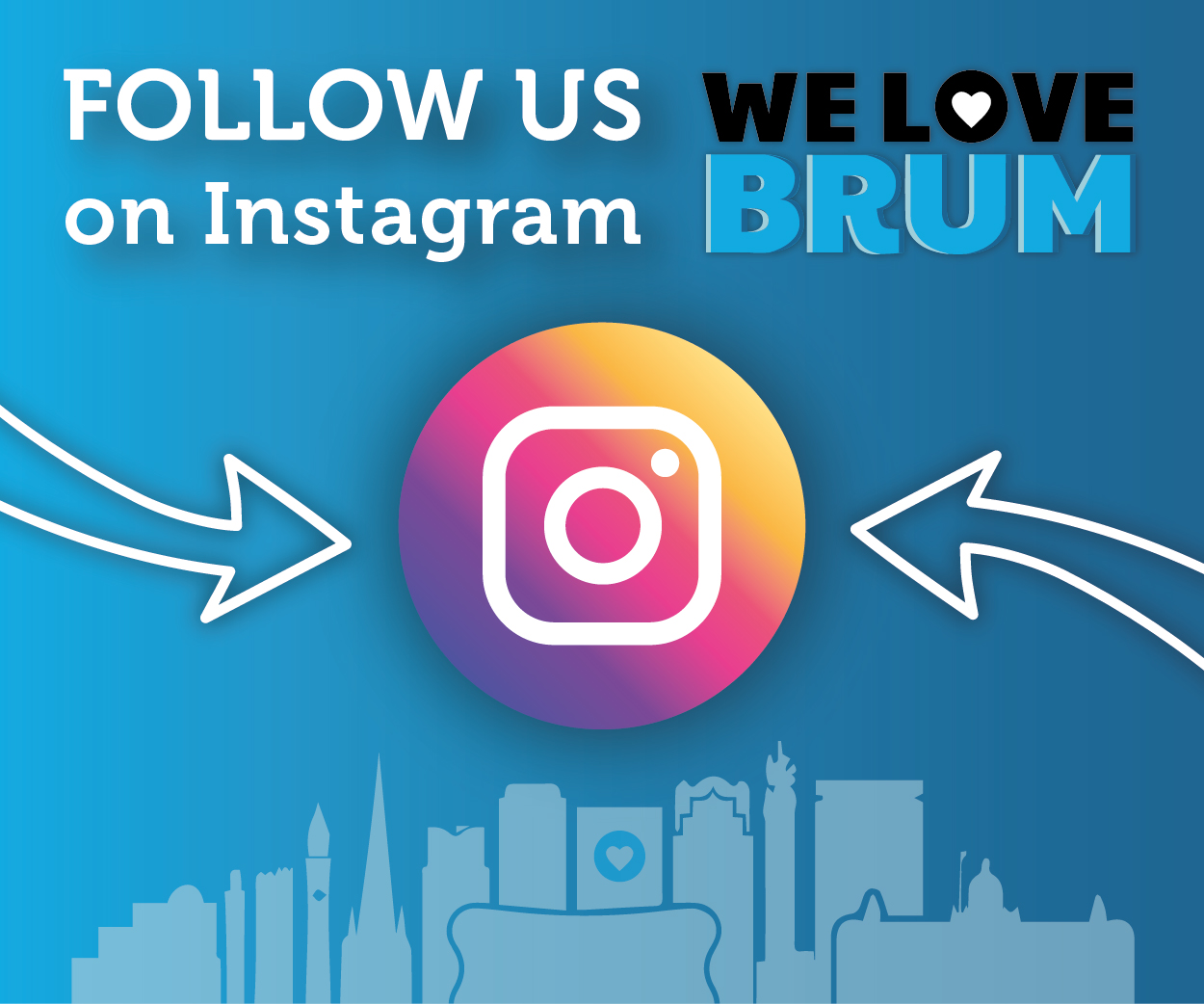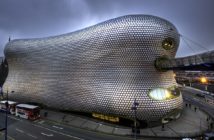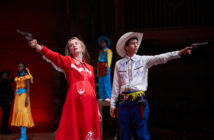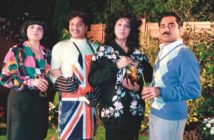There aren’t many more famous sights in Birmingham than the Bull Ring. It is a common place to shop and eat for Brummies around the city, and has been a focal point of the beloved city throughout much of people’s lives.
Nowadays, it is the fashion epicentre of Brum, with the Bull Ring being one of just four places in the country to find Selfridges. But, let’s take a deep dive into the history of the famous landmark.
Early History
The history of the Bull Ring can be traced back to 1154, when the first market was opened at the landmark. Peter de Bermingham was granted a Charter of Marketing Rights from King Henry II. Over the next 100 years, the Bull Ring could become the leading place for the cloth trade. Mercer Street’s prominence began in 1553, and by the 18th century, it was renowned for the meat trade and groceries available.
The Bull Ring was also home to speeches and demonstrations throughout its history, particularly for the working class between the 1830s and 40s. Lightning was introduced to the market in 1936, which allowed businesses to stay open longer.
However, the market hall was destroyed four years later. Despite the onslaught during the Second World War, the vast majority of the area was left intact. Woolworths opened its first store in the city in the Bull Ring, and quickly became the biggest shop on the high street, which led to the ultimate downfall of the market hall, which was left empty.
Original Birmingham Bull Ring Centre
For people of a certain age, the original Bull Ring still has a special place in their hearts. The development began in 1961, with the outdoor market opening its doors for the first time in the year that followed. By 1964, the complex was complete and was officially opened by Prince Philip. In doing so, the Bull Ring became the first indoor shopping complex in the United Kingdom.
The Bull Ring, at this point, housed 140 shops, and was truly groundbreaking. It offered a special shopping experience for those that visited, with music playing in the background. However, there were immediate problems. In the 1980s, the Bull Ring was disliked by the majority of people living in the city, as the high rental prices of shops inside the centre putting off smaller businesses.
Redevelopment of the Bull Ring
In the 80s, plans were drawn up to redevelop the Bull Ring, but it wasn’t until the mid-90s that a successful proposal was approved. After a drawn out process, the new Bull Ring was opened in the summer of 2003. It was immediately a success with the public, as just under 300,000 people visited the shopping centre on its opening day.
The trademark piece of the shopping centre nowadays is the Bull Ring Bull. The 2.2-metre sculpture was desired by Laurence Broderick, and has been a common photo place for visitors to the city.
No visit to Birmingham is complete without visiting the famous landmark, and it remains as popular nowadays as it has ever been.





